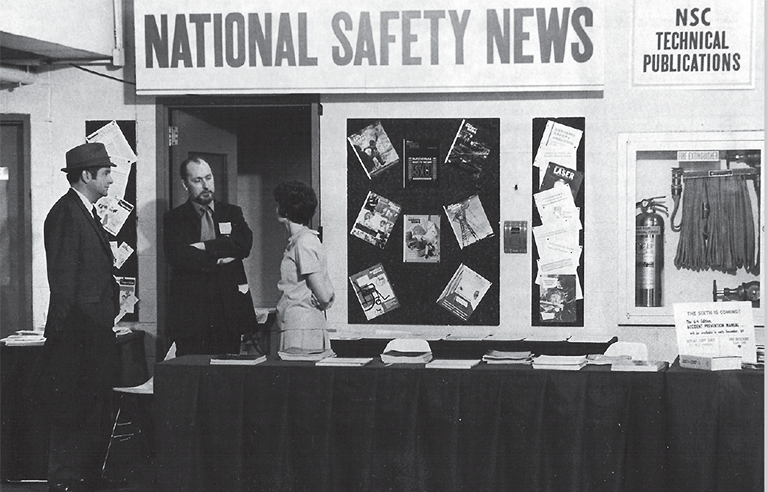June is National Safety Month in the United States. National Safety Month is an annual observance created by the National Safety Council (NSC). The NSC is one of the largest nonprofit organizations that influence behavior, policy, and culture to eliminate preventable injuries and deaths at work, home, and play. National Safety Month was created in 1953 to raise awareness of safety throughout the United States.
The council aims to spread awareness of safety hazards and unintentional injuries for industrial workers in the United States.
Historian Arnold Toynbee used the term ‘Industrial Revolution’ for the first time during the late 18th century. He created awareness of the safety of workers who worked in coal mines and the textile industry. During that period, workers were not given enough space to work safely and were often given hot and dangerous equipment to work with.

Moreover, workers were required to work over 10 hours for minimum wages. In 1877, the Massachusetts Factory Act was passed. Within 13 years, other states
in the U.S. issued similar laws to improve the safety standards for American workers.
Later, in 1913, the National Safety Council in Chicago estimated that more than 20,000 industrial workers die from poor working conditions in the U.S. every year. Soon, Canada passed its first health and safety law under the Factory Act of 1884. 
The Canadian government, however, only practically implemented its Factory Act when five immigrant workers lost their lives while working underground in Toronto.
Similarly, the U.S. government became more proactive in supporting the rights of industrial workers after the infamous fire incident at the Shirtwaist Factory in 1911 in New York City.
A fire broke out in the garment factory and the workers were trapped inside the factory since all the fire exit doors were locked. 

